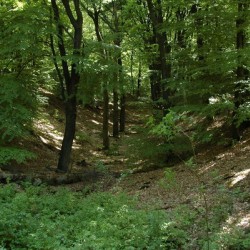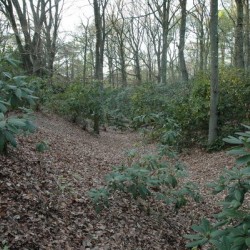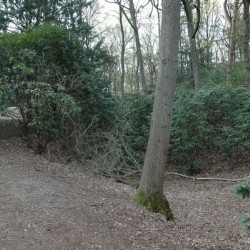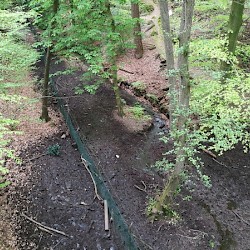Nijmegen, Aqueduct
Q3086365Nijmegen: city in the Netherlands, where several Roman settlements have been discovered.
The Roman legionary base at the Hunerberg offered accomodation to thousands of men, mules, and horses. The all needed lots of water - more water than was locally available. The solution was the construction of a simple aqueduct. The wells were to the south and east, and still exist: small lakes and pools east and northeast of the Orientalis Museum.
Originally, the waters from these sources flowed to the west, but the Roman engineers discovered that, by digging several shortcuts, the water would flow to the north, through the site of the modern village Heilig-Landstichting, through the Marienbosch Park, and then - by constructing a dam across a small depression - to the Hunerberg Fortress. The valleys and canals are still visible today and the dam is also recognizable, although it is no longer very high. It is called the Broerdijk. Other dams are the Swartendijk and Cortendijk. They are comparable to the aqueducts of Dorchester and Tongeren.
Taken together, the canals and dams are seven kilometers long. They are among the largest archaeological sites of the Netherlands; perhaps only the dike along the Rhine that was part of the local section of the limes was bigger.
 Nijmegen, The upper course of the aqueduct |
 Nijmegen, Aqueduct, Canal in the Marienbosch Park |
 Nijmegen, Aqueduct, Canal in the Marienbosch Park |
 Nijmegen, Aqueduct, Kerstendal |
Vandals